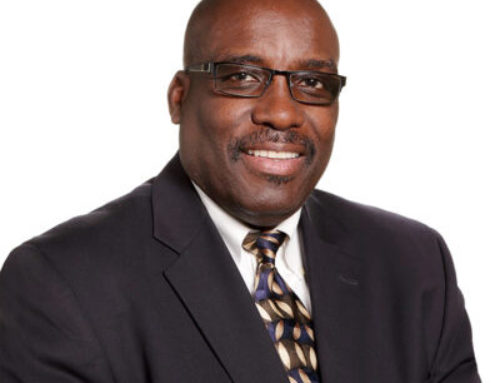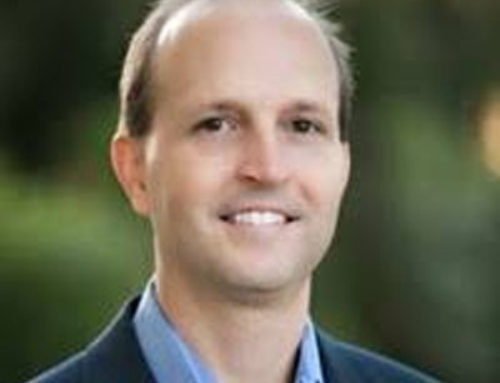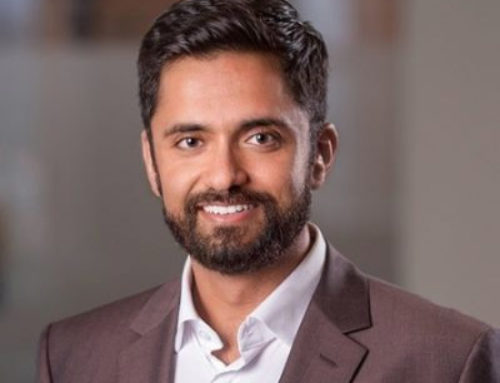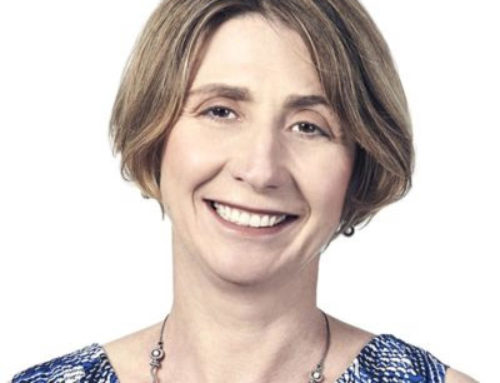 Improving Outsourcing Planning and Accuracy
Improving Outsourcing Planning and Accuracy
Scott Sawicki, Senior Outsourcing Consultant
Strategikon met Scott Sawicki at a SCOPE Summit earlier this year and the conversation left an impression. Given Scott’s broad experience we asked him to share his thoughts on careers, outsourcing and the future of business operations. Scott is an experienced pharmaceutical industry leader in R&D Clinical Outsourcing and Procurement who has walked in both providers’ (Covance & Syneos Health) and sponsors’ shoes (Rhone-Poulenc Rorer, Aventis, Novartis and Adare) as an executive, a consultant, and a team member. His roles have ranged from supplier negotiations, to trial planning and analysis, to business development. He credits his success to a cooperative approach: building strong relationships and strategic collaborations with internal and external partners alike to promote R&D and Business Development objectives.
Strategikon: Outsourcing is major part of modern clinical trials. What is the most difficult part of outsourcing for the clinical trial industry?
Scott Sawicki: I see not one but three areas where the pain is acute. First has to be managing the competitive bidding process and determining what a sponsor actually wants. For the sponsors, creating RFP specifications that 100% match what is needed – often ahead of the final protocol – can be a daunting or even impossible task. For service providers, mapping what they do to an endless variety of templates and specifications is equally challenging. But it doesn’t end there. Second is comparing the bids. If you don’t have a standard bid grid, comparing service provider responses can take a LOT of time, especially since their parameters rarely line up neatly with the competition. The last is a special kind of thorn – reporting. Whether you are asked to report results or savings this can be another challenging process – especially if there is no baseline established. The mechanisms for getting the raw data are usually manual and each company defines ‘savings’ differently. This makes it difficult not just for sponsors, but also for service providers who are often asked to provide this for their clients.
Strategikon: What are some helpful tips for clinical professionals to improve their planning accuracy?
Scott Sawicki: Know what you want, know when you want it, and know how to manage it when you get it. It is essential to define what you want to keep in-house and what is going to be outsourced. A simple question, but it’s often not a simple answer. ‘When’ is about timing – and timing is everything. Sending RFPs should occur from 20-26 weeks before FSI or FPFV. All contracts should be signed around 12 weeks before FSI or FPFV so that the external service Providers have enough time to set up a study and build their databases. Some services (e.g. IRT/IVR) may require more lead time depending on provider and the complexity of the study. Finally, clinical trial leaders need to not only manage the study, but also oversee providers, including reviewing and approving invoices.
Some companies do these well and others not so much. “Not so much” can put added, unnecessary pressure on outsourcing/procurement managers to intervene when these fundamentals are not well managed.
Strategikon: When clinical operations wants to improve budget and forecasting processes, what factors should they look at first? Why?
Scott Sawicki: For the budget, I think clinical ops needs to look at whether was there a similar study performed by the same organization before, and if so, examine those costs per patient and for any outsourced services. Regrettably, this is only possible if the sponsor keeps data in a system that supports this analysis. Not common. If the data isn’t available, you are in a ‘reinvent the wheel – again’ process from the start. Next, I am not a firm believer in straight line accruals for forecasting. Enrolling patients into clinical trials happens like a bell shaped curve over the lifecycle of the program and that’s where most of the costs occur. Budgets and forecasts should be amortized the same. Otherwise the stakeholders in Clinical and Finance will always be challenged because spend looks different than the accrual rate. If you start with a straight line forecast, the two almost never match up and it causes problems.
Strategikon: Clinical trials can take years. What is the level of time sensitivity around the sourcing function?
Scott Sawicki: Properly planning out what you need and when you need it does not sound difficult, however, when you are working with multiple stakeholders internally as well as multiple partners externally… planning can become complex. If you are able to keep the horse in front of the cart, especially during planning, there should not be an issue. That said, a BIG challenge arises when a contract needs to be amended. The old adage states ‘No Contract, No Work’ – so once a trial has started, are we really expecting service providers not to continue to work on services which may impact the integrity of a clinical trial? There is significant risk that comes with this adage as it’s virtually impossible to sign a contract amendment before work starts. The two have to occur almost in parallel. This is where the relationship between the sponsor and provider is so very important. There needs to be a level of trust, transparency, and communication – as in any relationship – for this to work successfully.
Strategikon: Most clinical trial planning is based around Excel spreadsheets. Can you tell me a little about the real resource costs associated with this choice?
Scott Sawicki: It’s sort of dirty secret and there is no way that I know to determine the costs around this. In order to come up with an accurate answer, you would need to do follow a couple of different studies. The pilot would include the following:
o Those involved in putting together the specifications at the sponsor
o Those putting together the RFP at the service providers,
o Those who will be reviewing and comparing proposals at the sponsor
You would need to determine the number of hour each person who is involved in the above three tasks works, and multiply that by the hourly rate that person gets paid (annual salary/2080 hours), then add up all of the numbers to determine how long and how much money it costs to outsource a service for one study.
And this wouldn’t even touch the questions of the costs associated with calculation errors, reinventing the processes, the risks from a lack of audit capability, or downstream efforts in finance or reporting processes.
Strategikon: Does size matter when dealing with outsourcing partners?
Scott Sawicki: Absolutely. I have been part of large and small sponsor organizations and there is a BIG difference. With a large organization, when you have a strategic relationship with your External Service Provider and a defined outsourcing strategy, the volume of spend is high. As a result, you get a dedicated team and leverage in terms of value and savings. With a smaller organization, outsourcing is more tactical than strategic and the volume is smaller. So what does this mean? You don’t have as much leverage and your discounts are lower. You most likely will not have a dedicated team assigned to your organization, and you may not even get the B team – and then you have to manage that reality for the lifecycle of that study.
Strategikon: What is the biggest opportunity for improving planning and sourcing for clinical trials? Are there any new technologies or products on the market to address these issues?
Scott Sawicki: I see saving time for the sourcing manager, provider and study manager as the biggest opportunity. Offerings that provide a baseline cost for clinical trials – cost per patient or outsourcing a particular service – can help. Even though large sponsors have internal tools to help define these costs, a broader sample will frequently be useful. Other tools that centralize and streamline the bid process are not used widely across the industry.
Strategikon: Why should CROs and clinical professionals be excited about Clinical Maestro? What is the ideal role that should be paying attention to this situation?
Scott Sawicki: Clinical Maestro address many of the issues I’ve mentioned. It saves time for sponsors and service providers by streamlining the RFP process, and it helps the sponsor’s outsourcing/procurement organization benchmark, baseline and analyze costs. It can also help trial managers manage their budgets. Because Clinical Maestro connects and coordinates the process from plan to contract it’s very different from Excel or point solutions. The ideal roles that should be paying attention to this are Clinical Outsourcing/Procurement managers, Study Managers and Finance. Also, IT should also be involved as Clinical Maestro should be able to feed data into the sponsor internal systems, if such systems are being used.
Strategikon: What is the top piece of advice you wish you could have offered the ‘younger you’?
Scott Sawicki: I would say, “Make it a point to understand and get involved in all parts of the drug development lifecycle, including commercialization of an asset.” The career tendency is to get ‘pigeon holed’ into one discipline which limits the opportunity to broaden your experiences and understanding of the industry as a whole. Working across many areas is definitely easier when you work for a small company – you usually have to work harder to do this in larger companies by moving from group to group every couple of years. In the end, there is no one right way to progress in a career – you can choose many paths and still help patients.
Strategikon: What’s the single most important takeaway from our discussion? Is there anything else you would like to add?
Scott Sawicki: Change is ok. Evolving is good. Making processes more efficient is great. Implementing new technology is rarely easy, but it is often to best way cut the cord to the old way of doing things and avoid going backwards. It works best when you have clearly identified these factors: 1) need 2) commitment to change management, and 3) having an ‘open mind’ or ‘expectation’ for the change.




